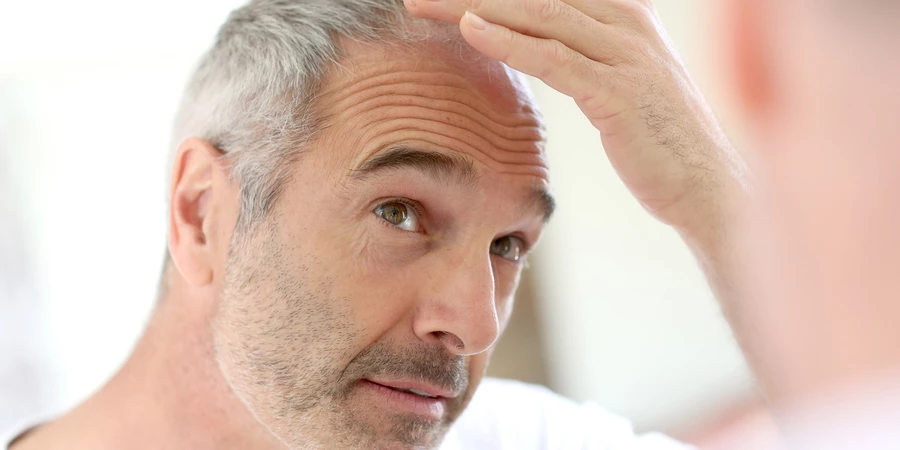Our treatments are well thought out: especially for scalp diseases.
Diseases of the scalp and hair can be extremely unpleasant for those affected as the external appearance suffers and, depending on their severity, they can lead to hair loss. There are almost as many reasons for hair loss as there are hairs on a healthy head. These reasons include drugs, malnutrition, severe diseases, thyroid dysfunction, hormonal influences, genetic predisposition, scalp diseases, infections of the scalp by viruses, bacteria and fungi, injuries or the effects of chemical and physical pollutants. We look for the individual cause through a comprehensive anamnesis and diagnostic measures such as blood analysis and by using TrichoScan. We aim to stop the hair loss before the hair follicles are irreversibly damaged.






